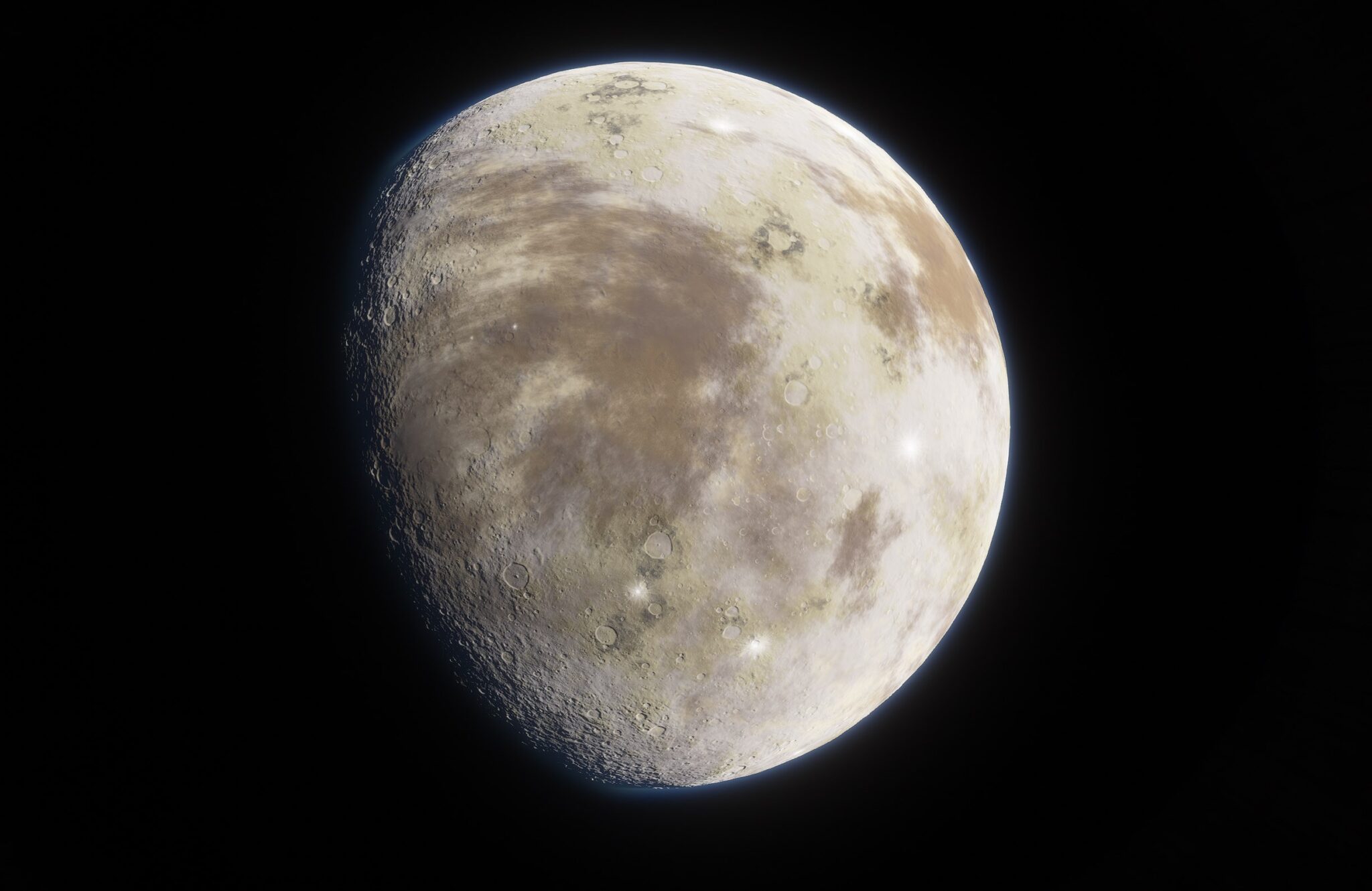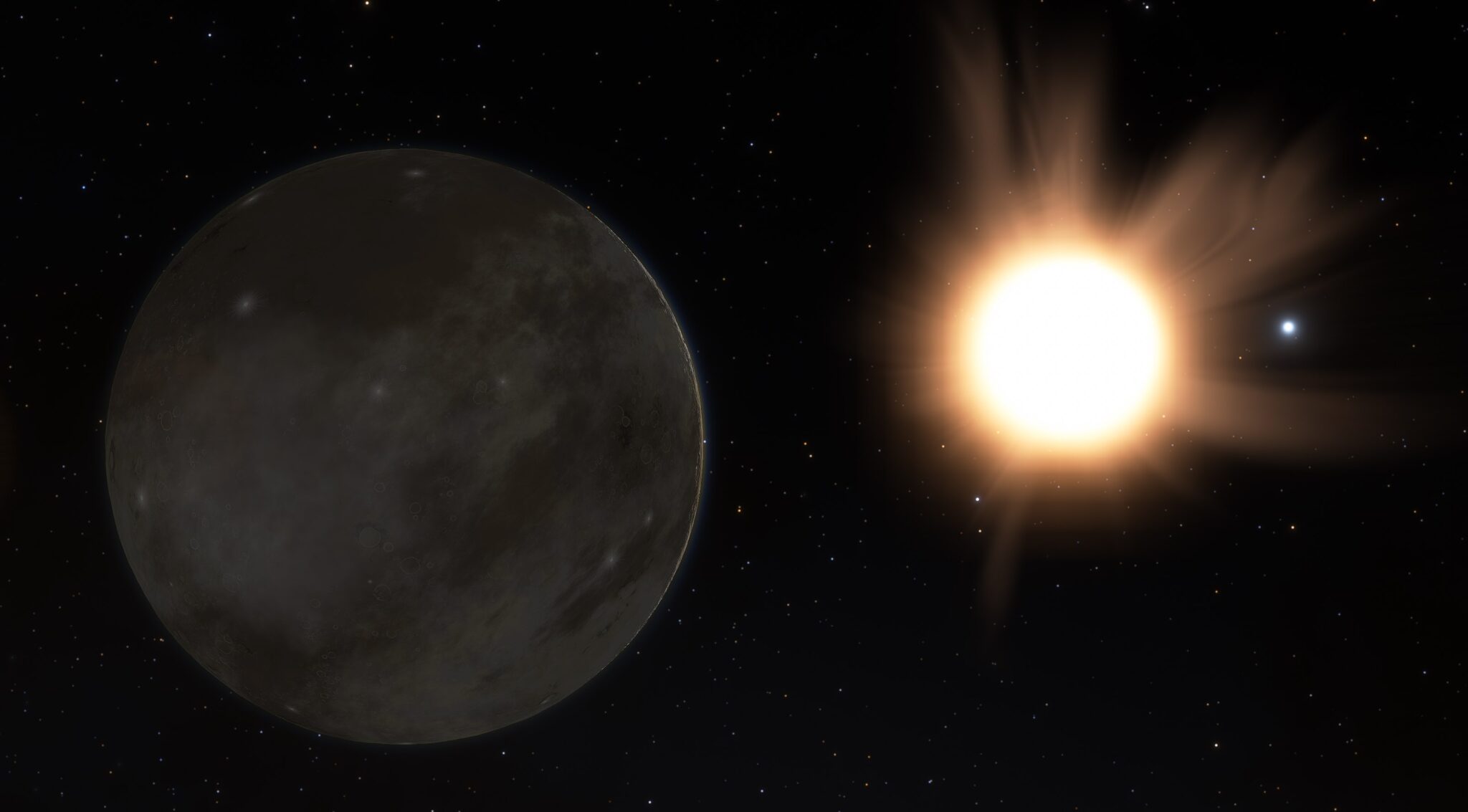Compared to many discovered exoplanets, the Earth is quite tiny. For example, Jupiter can easily accommodate more than 1,300 earths. However, our planet is not the smallest in general. Within the Solar System, this title belongs to Mercury, after Pluto was recognized as a dwarf planet in 2006. But are there even smaller exoplanets?

Looking at extremely small exoplanets orbiting other stars, it is not surprising that they are very difficult to detect. Of those that have been found, the smallest is Kepler-37b, discovered in 2013 with the Kepler Space Telescope. It is smaller than Mercury — almost the same size as the Moon.
Kepler 37-b was discovered using the transit method. It helps to understand how planets pass in front of their stars, dimming their light. Using this method, scientists can determine not only the existence of planets, but also some of their characteristics, such as size and distance to a star.
This tiny planet orbits the star Kepler-37, located about 209 light-years away from us. This star is similar to the Sun, but slightly smaller and colder. Its company consists of three more planets, but none of them is as small as Kepler-3.

Whether Kepler-37b can be considered a planet remains open. It differs significantly from the planets of our Solar System. According to the definition of the International Astronomical Union, the planet can be considered a celestial body large enough to have a spherical shape and clear its orbit of other objects. However, the definition of a planet is difficult to apply to exoplanets.
Although Kepler-37b has held the title of the smallest planet for more than a decade, it may soon be moved by a new candidate. The Nancy Grace Roman Space Telescope, which is scheduled to launch in 2027, can find even more exoplanets using the microlensing method, which will detect about 2,600 exoplanets using gravitational lensing, one of which may be even smaller.
Earlier we reported on the unusual Kepler-385 system.
According to Space
Follow us on Twitter to get the most interesting space news in time
https://twitter.comne/ust_magazine


